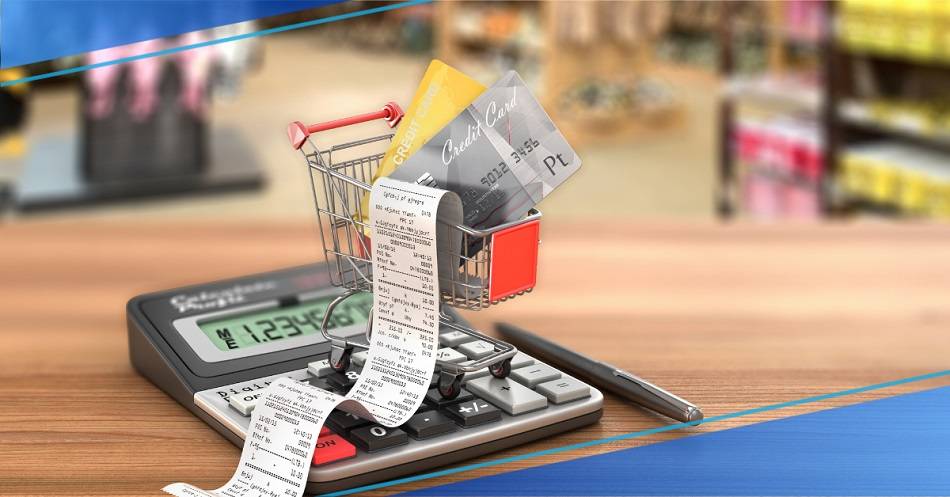Retail sales, often viewed as the lifeblood of the economy, serve as a critical indicator of consumer sentiment and economic health. These transactions, encompassing everything from daily necessities to luxury goods, provide valuable insights into consumer behavior, market trends, and the overall state of an economy. In this article, Kavan Choksi will explore the significance of retail sales, the factors influencing them, and their role as a barometer of economic vitality.
The Significance of Retail Sales
- Consumer Spending Power: Retail sales are a direct reflection of consumers’ purchasing power and confidence. As individuals and households open their wallets, it signals optimism about their financial situation and the broader economy.
- Economic Growth: Retail sales are a major driver of economic growth, as consumer spending accounts for a significant portion of a nation’s GDP. Strong retail sales often correlate with a robust economy.
- Employment and Income: The retail sector is a substantial employer, and retail sales trends can offer insights into the health of the labor market and wage growth. Higher retail sales often translate into increased job opportunities.
Factors Influencing Retail Sales
- Consumer Confidence: Consumer sentiment plays a pivotal role. When people feel secure about their jobs and personal finances, they are more likely to spend. Conversely, economic uncertainty can lead to cautious spending habits.
- Seasonal Patterns: Retail sales often exhibit seasonal variations, with holiday seasons typically generating a surge in spending. Retailers often adjust their strategies to capitalize on these patterns.
- Economic Indicators: Factors such as interest rates, inflation, and overall economic conditions influence consumer spending. Lower interest rates, for example, can encourage borrowing and spending.
- Online Shopping: The rise of e-commerce has reshaped the retail landscape. Online sales are a significant component of retail, and their growth impacts traditional brick-and-mortar retailers.
Retail Sales as a Barometer of Economic Health
- Leading Indicator: Retail sales are often considered a leading economic indicator. An increase in retail sales can foreshadow economic growth, while a decline may signal economic challenges.
- Consumer Behavior Insights: Analyzing retail sales data provides valuable insights into consumer preferences and market trends. Businesses can use this information to adapt their strategies and offerings.
- Government Policy Response: Policymakers and central banks closely monitor retail sales data. It can influence decisions related to interest rates, fiscal stimulus, and economic policy adjustments.
Retail sales are more than just transactions; they are a reflection of the economic pulse of a nation. As consumers open their wallets or tighten their belts, they send signals about their financial well-being and their confidence in the future. In the complex symphony of economic indicators, retail sales serve as a prominent and relatable melody that policymakers, businesses, and individuals alike can use to gauge the health and direction of the economy. Understanding these sales trends is not just a matter of commerce; it’s a key to navigating the broader economic landscape.



